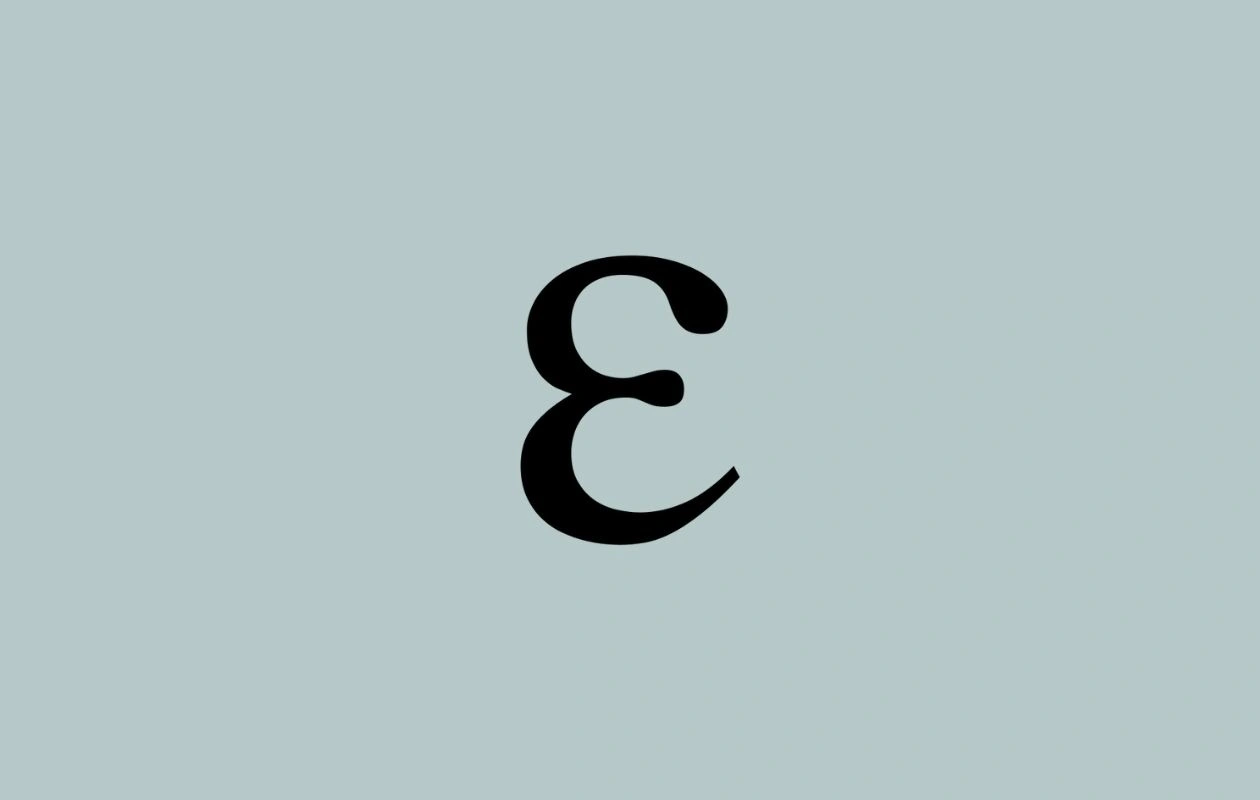backwards 3 In a world where literacy is synonymous with forward progression, the concept of reverse literacy stands out as a captivating anomaly. Imagine reading text from right to left or writing in mirror image – this is the essence of backwards 3, a phenomenon that has intrigued scholars, challenged minds, and found its way into various facets of modern life backwards 3.
Understanding Reverse Literacy
Reverse literacy, at its core, involves the ability to read and write text in a manner that deviates from the conventional left-to-right, top-to-bottom orientation. It’s not merely about flipping words or letters; it’s about comprehending language in a different spatial arrangement. The origins of this concept trace back through history, from ancient scripts and symbolic languages to modern cryptographic techniques. The fascination with reverse literacy lies not only in its historical significance but also in its cognitive implications backwards 3.
The Cognitive Benefits of Reverse Writing
Delving into the realm of reverse literacy isn’t just an intellectual exercise; it’s a workout for the brain. Research suggests that engaging in activities like writing and reading backwards can enhance cognitive function in various ways. When we challenge our brains to decipher text in reverse, we stimulate neural pathways associated with problem-solving, memory retention, and linguistic flexibility. This mental gymnastics can lead to improved memory recall, heightened focus, and enhanced linguistic dexterity, benefits that extend beyond the realm of language itself backwards 3.
Techniques for Writing and Reading backwards 3
Mastering reverse literacy requires both patience and practice. Fortunately, there are techniques available to aid in this endeavor. Beginners can start by familiarizing themselves with basic mirror writing techniques, gradually progressing to more advanced methods such as speed reading in reverse. Tools like specialized workbooks, online tutorials, and mobile apps can provide structured guidance and practice opportunities. With consistent effort and the right resources, anyone can develop proficiency in reverse writing and reading backwards 3.
Practical Applications of Reverse Literacy
While the concept of reverse literacy may seem esoteric at first glance, its applications are surprisingly practical and diverse. In education, incorporating reverse literacy exercises can stimulate students’ minds and foster creative thinking. Special education programs may find it particularly useful for catering to diverse learning styles. Outside the classroom, reverse literacy has found its way into fields such as cryptography, where encoding messages in reverse can enhance security measures. Additionally, artists and writers often utilize reverse writing as a creative tool, adding layers of intrigue to their work backwards 3.
Challenges and Solutions
Like any skill worth mastering, reverse literacy comes with its fair share of challenges. Learners may initially struggle with mental blocks or find it difficult to break ingrained reading habits. However, with perseverance and the right approach, these hurdles can be overcome. Strategies such as breaking tasks into manageable steps, practicing regularly, and seeking support from peers can help individuals navigate the learning curve more effectively. By acknowledging and addressing common challenges, aspiring reverse literates can set themselves up for success backwards 3.
Fun and Engaging Activities
Despite its intellectual undertones, reverse literacy is not without its playful side. Numerous games and puzzles have been designed to entertain and educate, all while honing reverse reading skills. From word scrambles to cryptic crossword puzzles, these activities provide a fun way to challenge oneself and others. Group settings offer opportunities for friendly competition and collaborative problem-solving, fostering a sense of camaraderie among enthusiasts. Whether tackling a brain-teasing puzzle or inventing one of your own, the world of reverse literacy is as entertaining as it is enlightening backwards 3.
The Science Behind Reverse Reading
Peering beneath the surface of reverse literacy reveals a rich tapestry of scientific insights. Neuroscientists have long been intrigued by the brain’s ability to adapt to unconventional reading patterns. Studies have shown that reverse reading activates different regions of the brain compared to traditional reading, suggesting that it may engage cognitive processes in unique ways. From a psychological standpoint, reverse literacy offers valuable insights into cognitive load and mental flexibility, shedding light on the intricacies of human cognition backwards 3.
Real-Life Examples and Case Studies
To truly appreciate the impact of reverse literacy, one need only look to real-life examples and case studies. Individuals from all walks of life have embraced the challenge of reverse writing and reading, each with their own motivations and experiences. From renowned scholars to everyday enthusiasts, their stories offer valuable lessons and inspiration for aspiring reverse literates. Moreover, case studies of educational and professional implementations provide concrete evidence of reverse literacy’s practical utility, highlighting its potential to enhance learning outcomes and problem-solving abilities.
Tools and Resources
For those embarking on the journey of reverse literacy, a wealth of tools and resources await. Books, guides, and online tutorials offer comprehensive instruction and practical tips for beginners and experts alike. Educational apps and software provide interactive learning experiences, making it easier to practice and track progress. Additionally, online communities and forums provide a supportive environment where learners can connect with like-minded individuals, share insights, and seek advice. With the right tools and resources at their disposal, aspiring reverse literates can accelerate their learning and achieve mastery in no time.
The Future of Reverse Literacy
As we look ahead, the future of reverse literacy appears bright and promising. Advancements in technology continue to expand the boundaries of what’s possible, offering new avenues for exploration and innovation. From virtual reality simulations to AI-powered learning platforms, the potential applications of reverse literacy are virtually limitless. Moreover, ongoing research in neuroscience and cognitive psychology promises to deepen our understanding of the cognitive mechanisms underlying reverse reading and writing, unlocking new insights into the workings of the human mind.
Conclusion
In conclusion, backwards 3: unlocking the fascination of reverse literacy offers a journey into the depths of language and cognition. From its historical origins to its practical applications, reverse literacy captivates the imagination and challenges the intellect. By embracing the cognitive benefits, mastering techniques, and exploring real-life examples, individuals can unlock new dimensions of creativity and problem-solving. As we stand on the cusp of a new era of exploration and discovery, the allure of reverse literacy beckons us to delve deeper into the mysteries of language and thought.





